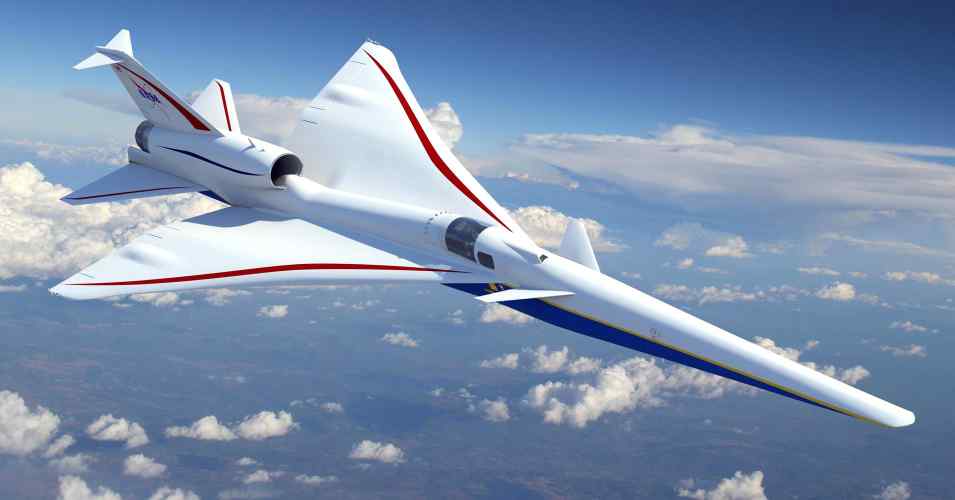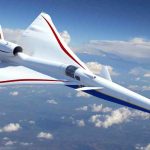NASA awards $247.5 million contract to Lockheed Martin to build a supersonic aircraft without the traditional sonic boom

We are still not giving up on the idea of supersonic air transportion. The last civilian supersonic flight was Air France Flight 4590 that was on international charter flight from Paris to New York City, on the Aérospatiale-BAC Concorde. The flight crashed on 25 July 2000. Concorde was later retired in 2003 following a fatal crash in Paris.
Now NASA has awarded Lockheed Martin a contract to design, build and flight test the Low-Boom Flight Demonstrator, an X-plane designed to make supersonic passenger air travel a reality, with one caveat, no traditional sonic boom. Current regulations ban commercial supersonic aircraft from operating over land. Now with backing from investors, new companies like Boom Supersonic are trying to make use of the technology for transoceanic routes. However, Lockheed Martin and NASA want to advance the technology through noise reduction to overturn regulations. The new experimental plane is designed to return supersonic passenger air travel to routes over land. The last such flight was by the Concorde in October 2003.
“It is super exciting to be back designing and flying X-planes at this scale,” said Jaiwon Shin, NASA’s associate administrator for aeronautics. “Our long tradition of solving the technical barriers of supersonic flight to benefit everyone continues.”
Lockheed Martin Skunk Works will build a full-scale experimental aircraft, known as an X-plane, of its preliminary design developed under NASA’s Quiet Supersonic Technology (QueSST) effort. The X-plane will help NASA establish an acceptable commercial supersonic noise standard to overturn current regulations banning commercial supersonic travel over land.
“We’re honored to continue our partnership with NASA to enable a new generation of supersonic travel,” said Peter Iosifidis, Low-Boom Flight Demonstrator program manager, Lockheed Martin Skunk Works. “We look forward to applying the extensive work completed under QueSST to the design, build and flight test of the X-plane, providing NASA with a demonstrator to make supersonic commercial travel possible for passengers around the globe,” program manager Peter Iosifidis said in a statement.
Lockheed Martin Skunk Works and NASA have partnered for more than a decade to enable the next generation of commercial supersonic aircraft. NASA awarded Lockheed Martin Skunk Works a contract in February 2016 for the preliminary design of the supersonic X-plane flight demonstrator. The aircraft will be built at the Lockheed Martin Skunk Works facility in Palmdale, California, and will conduct its first flight in 2021.



